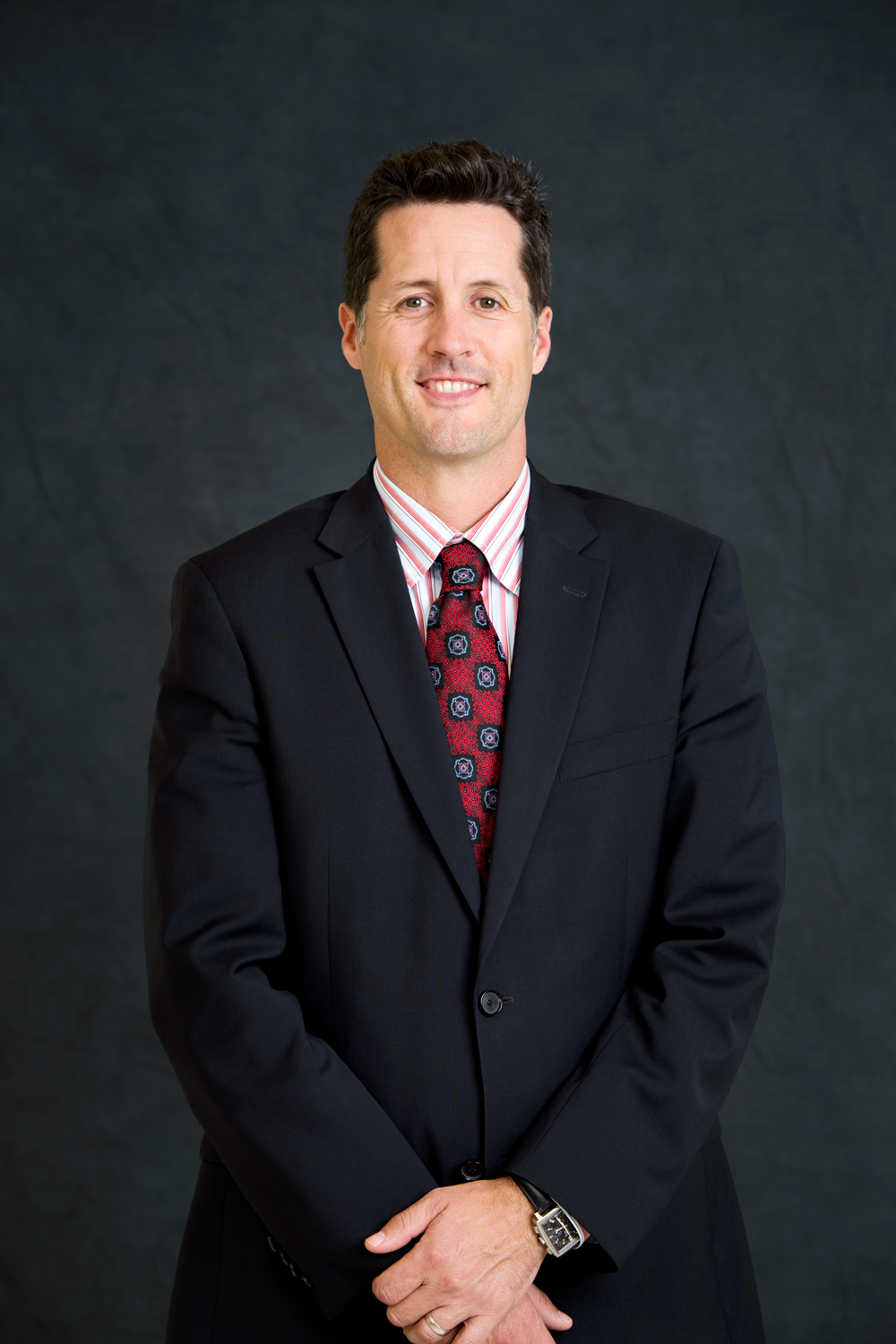Efficient and effective healthcare in this day and age is not just about skilled physicians and state-of-the-art CT scans; it’s about software. To stay on the leading edge of this shift in the industry, the leadership at Montage Health, a regional health system located in Monterey, California, spent eighteen months implementing a new software suite across the organization. The company chose Epic as its provider, in part because it provides a “soup-to-nuts application,” says Matt Morgan, vice president of finance at Montage Health. “That has become the table stakes in our industry.”
Previously, whenever a new healthcare product or service—such as a surgical or imaging system—was added, it came with its own software. “We would always look for the best software for our various different needs, cobble them together as best we could, and hope for interoperability,” Morgan says. But keeping these systems working together properly requires a lot of IT time and money. “In today’s environment, the ability to have a system that doesn’t require massive amounts of interface maintenance is the standard in healthcare,” he says. “We took dozens of software systems out of the company and replaced them with one.”

As head of finance, Morgan is not directly in charge of technology, but the new software system fully replaced all revenue cycle applications. So, as the executive lead for Montage’s revenue cycle, he oversaw how Epic processed transactions and worked to make them as clean as possible for proper charging, billing, coding, and payment. “The revenue cycle often represents the final touchpoint with the patient,” Morgan says. “After they are gone, our job is to appropriately charge, bill, and collect for the services they received.”
A system-wide software installation is a monumental task. “Because it was so far-reaching, we had hundreds of people working on the build,” he says. Although the Epic platform is one integrated system, there are individual modules for finance, medical records, surgery, and nearly every other aspect of care delivered at Montage Health.
“The challenge is to let each group build its module,” Morgan says. “It’s impossible to have direct oversight on how everything relates to the revenue cycle. We all had to trust the other folks building their parts of this application.”
That work put a heavy drag on personnel resources, he adds. About one hundred people were dedicated to the project, along with thirty to forty consultants to help with implementation. “We also depended on subject-matter experts spread across the organization, because they have intimate knowledge of the daily work, and in many ways, they know how this place runs best,” he says. “But they also have jobs to do. Trying to help the directors and these subject-matter experts balance their time between daily work and helping us get this up and running was a challenge.”
Although it was time-consuming, it was a necessary task, he says. “A huge reason we took this on was to improve communication among the various parts of the organization.” The company settled on Epic software because it is used in many healthcare systems across the country—most importantly for Montage Health, at nearby University of California–San Francisco and Stanford Health Care.
“If a patient comes through our emergency department who has been a patient at Stanford, which is a real possibility for us, Stanford is also on Epic. So the system reaches out and pulls that patient’s care information from Stanford,” Morgan says. “It’s an amazing opportunity to see holistically around the patient.”
“It’s impossible to have direct oversight on how everything relates to the revenue cycle. We all had to trust the other folks building their parts of this application.”
Likewise, people who visit the area for business or pleasure are also often found on Epic systems. “We are a vacation destination, so we see people from all over the country. We have already received tens of thousands of records from other hospitals,” he says. “So, the opportunity to provide the best care possible to all who live and visit here is another reason for pursuing this.”
The installation has not been without hiccups, but overall the transition has been a success. “Within the first seven days, our revenue was back above target and remained there,” he says. “From a revenue cycle perspective, that is huge, so I can check that off.” Exchanging patient records among other organizations is another accomplishment Morgan is proud of, along with the launch of MyChart, a patient portal, which had signed up about four thousand people as of August 2018.
“The job is not done,” Morgan says. “But I see certain teams around the hospital already becoming more efficient. That is exciting so soon after go-live.”
With 2,900 professionals across more than twenty-five locations in the West and beyond, Moss Adams provides healthcare organizations with specialized accounting, consulting, and wealth management services to help them embrace emerging opportunity. Discover how Moss Adams is bringing more West to business.

